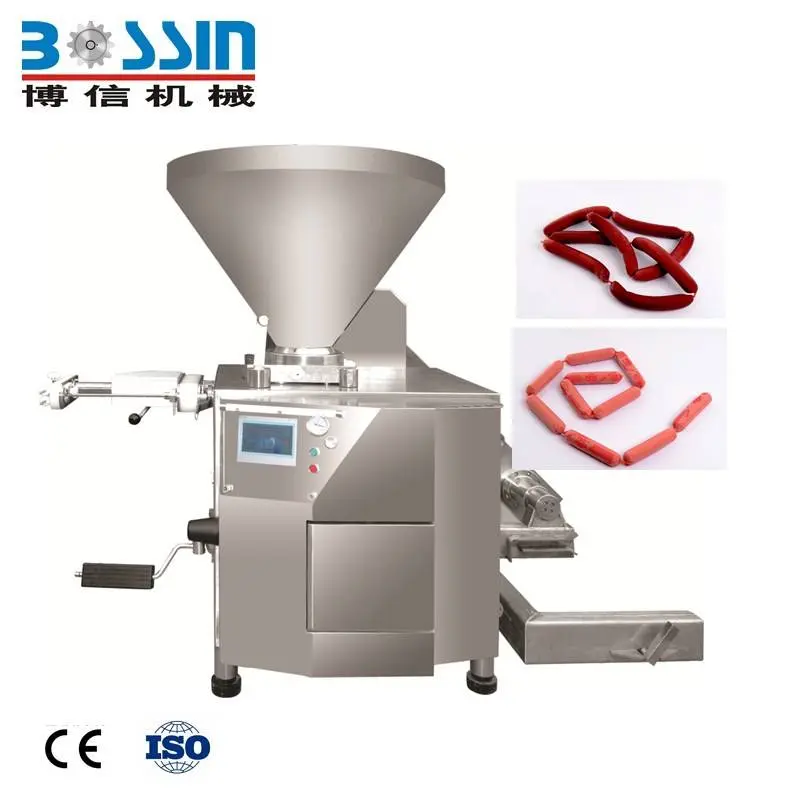
Lis . 09, 2024 08:10 Back to list
Optimizing Surface Profiles with Advanced Flattening Technology in Manufacturing Processes
Understanding Flattening Machines Revolutionizing Material Processing
In the world of manufacturing and material processing, efficiency and precision are paramount. One of the pivotal innovations that has greatly enhanced these attributes is the flattening machine. This specialized equipment is designed to transform raw materials into flat sheets or plates, which are essential in various industries, including construction, automotive, and electronics. In this article, we will explore the working principles, applications, and benefits of flattening machines.
What is a Flattening Machine?
A flattening machine, often referred to as a leveler, serves the primary purpose of eliminating camber and warping in metal sheets or plates. This process is crucial as many materials, particularly metals, can become distorted during manufacturing, handling, or transportation. The flattening machine applies a series of rollers or presses to the material, removing irregularities and achieving a specified thickness and flatness.
How Does It Work?
Flattening machines operate using a combination of mechanical force and specific configurations of rollers. The raw material is fed through a series of rollers that exert pressure on it. The arrangement of these rollers allows for varying degrees of pressure to be applied, depending on the thickness and type of material being processed.
The machine typically consists of an entry section where the material is aligned, followed by a series of flattening rollers. These rollers rotate in opposite directions to create a compressive force that straightens and flattens the material. The final product exits the machine at a predetermined thickness and levelness, which can be finely adjusted through the machine's controls.
Applications of Flattening Machines
flattening machine

Flattening machines are versatile and find usage in numerous industries. In the automotive sector, they are used to prepare components for vehicles that require high precision in their assembly. Similarly, the construction industry utilizes these machines to flatten metal sheets that will be used in building frameworks and facades.
In the electronics industry, flattening machines play a critical role in producing flat sheets of materials such as copper and aluminum, which are used in circuit boards and heat sinks, respectively
. Additionally, flattening machines are also essential in the production of packaging materials, where consistently flat sheets are crucial for effective stacking and storage.Benefits of Using Flattening Machines
The adoption of flattening machines brings several benefits to manufacturing processes. First and foremost, they significantly enhance the quality of the final product. By ensuring that materials are uniformly flat, these machines help reduce defects that could lead to product failures.
Moreover, flattening machines increase processing efficiency. They automate what would previously have been a labor-intensive manual process, thus saving time and reducing labor costs. The precision offered by flattening machines also minimizes waste, as less material is discarded due to imperfections.
Furthermore, the consistency achieved through flattening machines can improve overall product reliability. Industries that demand high-quality standards, such as aerospace and medical manufacturing, greatly benefit from the reliability provided by these machines.
Conclusion
In conclusion, flattening machines have transformed the landscape of material processing. Their ability to produce flat, uniform sheets of various materials is indispensable across multiple industries. As manufacturing continues to evolve, the role of flattening machines will only become more integral, driving improvements in quality, efficiency, and sustainability. Investing in this technology is a strategic move for industries aiming to enhance their production capabilities and meet the growing demands of modern consumers. As we look to the future, the advancements in flattening machine technology will undoubtedly continue to influence manufacturing processes globally.
Latest news
-
Pneumatic Clipping Machine - Shijiazhuang Bossin Machinery Equipment Co., Ltd.|sausage production line,pneumatic technology
NewsAug.07,2025
-
Air-Free Vacuum Mixers for Precise & Homogeneous Blending
NewsAug.07,2025
-
Pneumatic Clipping Machine - Shijiazhuang Bossin Machinery | Sausage Production Line, Precision Clipping
NewsAug.06,2025
-
Pneumatic Clipping Machine-Shijiazhuang Bossin Machinery Equipment Co., Ltd.|Sausage Production Line Integration&Compact Design
NewsAug.06,2025
-
Automatic Deboner Machine for High-Yield Processing
NewsAug.06,2025
-
Pneumatic Clipping Machine - Shijiazhuang Bossin Machinery Equipment Co., Ltd.|Precision and Efficiency
NewsAug.06,2025